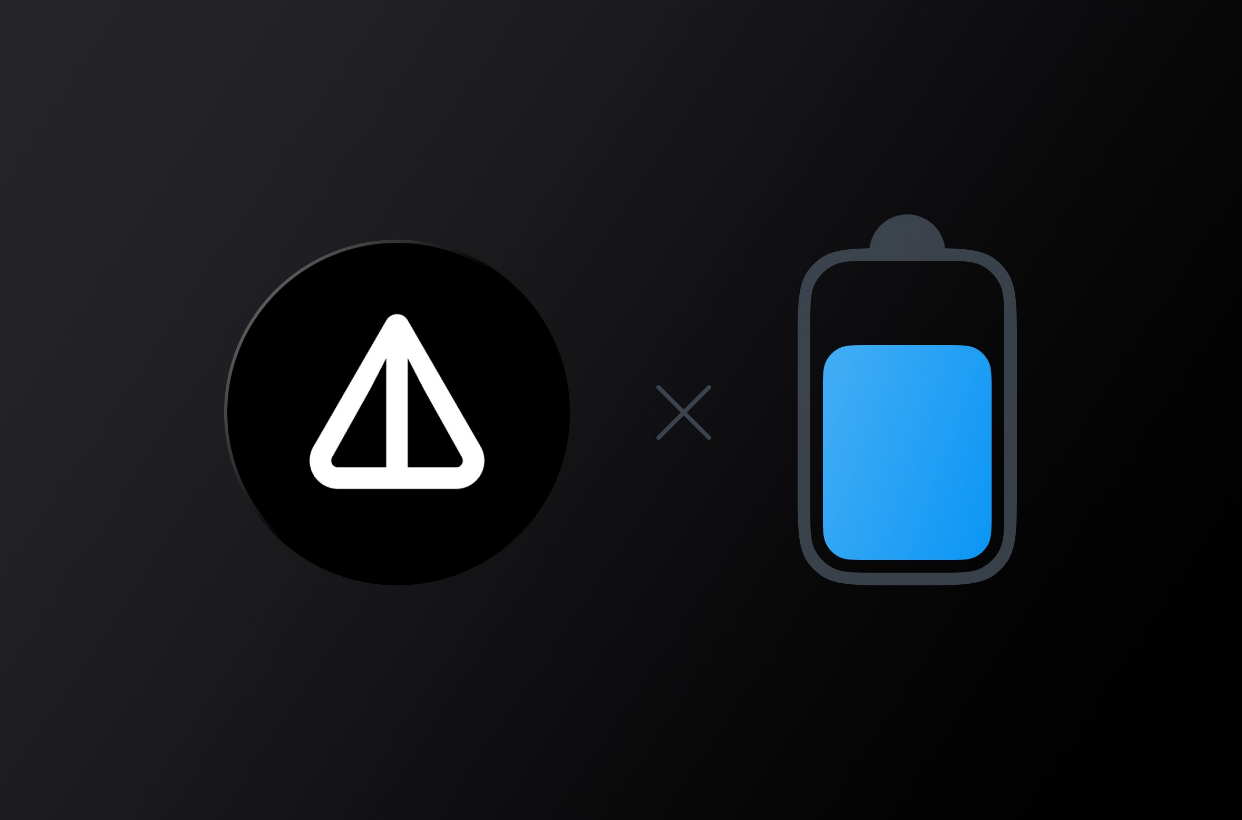
Cryptocurrency staking is quickly gaining popularity among their holders due to its affordability and profitability. However, investors are often torn between the high returns offered by staking coins and the security of conventional savings accounts. We will talk about the methods and advantages of cryptocurrency staking. It will be interesting and no less useful!
O PROOF-OF-STAKE

To understand staking, you first need to understand what Proof-of-Stake (PoS) blockchains are.
Proof-of-Stake is one of the two main ways to achieve consensus on a blockchain. From a practical point of view, achieving consensus means self-examination. When a transaction is sent to the network, its nodes confirm the transaction to ensure that the sender has enough tokens or that it does not damage the network. If the transaction is confirmed, then it is added to the blockchain and it will no longer be possible to change it.
Proof-of-Stake (PoS) has become a popular alternative to the original Proof-of-Work (PoW) consensus algorithm. It is used by Bitcoin. The PoS method is considered energy efficient. It allows you to reach consensus without the use of high-powered mining devices. Instead, mining is replaced by nodes that stake coins or tokens to participate in the block creation process.
Due to the advantages over most older consensus algorithms, the number of PoS blockchains is growing rapidly. Several major blockchains have already switched (or plan to switch) to Proof-of-Stake, including Ethereum, Tezos, Tron, Cosmos, and Algorand.
Network staking reward
The staking process is where nodes stake their coins or tokens to participate in the network by creating blocks. The amount of reward that a node receives from the network usually corresponds to the size of its share.
Some Proof-of-Stake blockchains allow almost any user to participate in this process if they deposit enough money. Others have a limited number of nodes that are supported and chosen by voting of other nodes.
Well, we’ve learned the basics. Now we can discuss ways to participate in the staking economy and understand why this industry has experienced such explosive growth in recent years.
Profitable investment
Cryptocurrency staking is primarily used to ensure the reliability of the blockchain. However, this can only be achieved if the nodes are properly motivated to perform their function. As we mentioned earlier, they receive rewards from the network for their actions.
Depending on the specific implementation of Proof-of-Stake, coin owners can receive income on their balance by delegating their share to the validator node, or simply by holding their assets in the wallet for a certain period of time.
This process will lead to an increase in the balance of the staking participant. It’s as simple as keeping your coins in your wallet and giving permission to stake: an easy way to earn passive income.
However, specific staking revenue can vary across blockchains and depends on a number of factors. According to StakingRewards, the average is currently over 5-15% per year.
Staking is a profitable option for many cryptocurrency holders. They can keep their assets and benefit from any increase in their underlying market value while earning compound interest. This is possible with minimal maintenance and minimal supervision.
Staking reward
Although staking cryptocurrencies was once quite a complicated process, in recent years the situation has changed for the better. Blockchain projects have simplified this process by improving user experience and removing technical hurdles.
Today, staking can be as simple as creating a wallet, loading coins into it, and pressing a button or two to staking them. Our Ledger Live app makes things a lot easier. We currently support Tezos (XTZ), Tron (TRX), Cosmos (ATOM) and Polkadot (DOT) staking and will add more coins soon. We allow our users to seamlessly stake cryptocurrencies and earn passive income right in the app, while enjoying all the benefits of a secure hardware wallet.
Once set up, users should start receiving periodic rewards in proportion to the number of coins they have staked. This means that the more you stake, the more rewards you will receive. Although your annual return will generally be the same regardless of how much you have staked.
During this time, you will not be able to use or trade with your staked coins. To remove this limitation, you will need to go through the withdrawal process from staking. This may take several days: for example, 21 days in the case of Cosmos or about 3 days in the case of Tezos.
Successful investment!
Read more articles about cryptocurrencies and mining at CRYPTO-WALLETS.ORG.
The Telegram channel about cryptocurrency and mining Bitcoin, Ethereum, Monero and other altcoins:


